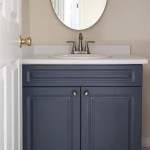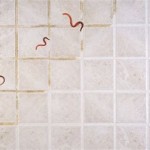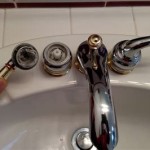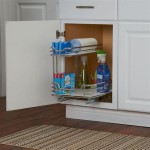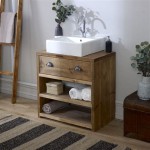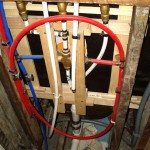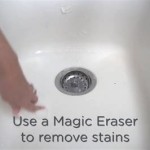Essential Aspects of Kitchen Sink and Bathroom Won't Drain Issues
A properly functioning drainage system is crucial for the hygiene and convenience of any household. However, blocked drains are a common problem that can lead to water buildup, unpleasant odors, and even structural damage. Understanding the essential aspects of kitchen sink and bathroom won't drain issues can help you diagnose and resolve these problems efficiently.
The part of speech for "Kitchen Sink and Bathroom Won't Drain" is a noun phrase. It refers to the specific issue of blockages in kitchen sink and bathroom drains. In this article, we will delve into the key aspects that contribute to these blockages and provide practical solutions to address them.
Causes of Kitchen Sink and Bathroom Won't Drain Issues
There are several factors that can cause kitchen sink and bathroom drains to become blocked:
- Hair and soap scum: These are common culprits in bathroom drains, especially in showers and bathtubs.
- Food particles: Grease, food scraps, and coffee grounds can accumulate in kitchen sinks, leading to blockages.
- Mineral buildup: Hard water contains minerals that can gradually build up on pipes and fixtures, causing clogs.
- Tree roots: In outdoor drains, tree roots can infiltrate and damage pipes, resulting in blockages.
Diagnosis and Troubleshooting
To diagnose a blocked drain, start by observing the symptoms:
- Slow drainage
- Standing water
- Unpleasant odors
- Gurgling sounds
Once you have identified the symptoms, follow these troubleshooting steps:
- Check the P-trap: The P-trap is a U-shaped section of pipe located under the sink or bathroom fixture. It is often the first point of blockage. Unscrew the P-trap and clear any debris.
- Use a drain snake: A drain snake is a flexible tool that can be inserted into pipes to remove clogs. Insert the snake into the drain and gently push it until it reaches the blockage. Twist the snake to break up the clog and pull it back out.
- Apply chemical drain cleaners: Chemical drain cleaners can dissolve organic matter that is causing the blockage. Follow the instructions on the product label carefully and never mix different types of drain cleaners.
Prevention and Maintenance
To prevent kitchen sink and bathroom drains from becoming blocked, it is important to follow these maintenance practices:
- Install drain screens: Drain screens can prevent hair, soap scum, and other debris from entering the drains.
- Dispose of food waste properly: Do not pour grease or food scraps down the kitchen sink. Compost or dispose of them in the trash.
- Flush drains with hot water: Regularly flushing drains with hot water can help to dissolve soap scum and prevent mineral buildup.
Conclusion
Understanding the essential aspects of kitchen sink and bathroom won't drain issues can help you diagnose and resolve these problems effectively. By following the troubleshooting steps and implementing preventive maintenance practices, you can keep your drains flowing smoothly and avoid costly plumbing repairs.

How To Fix A Bathroom Sink That Won T Drain Bfp Bay Area
How To Unclog A Sink 4 Easy Ways
How To Unclog A Sink 4 Easy Ways

How You Can Fix A Slow Draining Drain On Your Own Call Ashton Plumbing

How To Clear A Clogged Drain Reviews By Wirecutter

How To Unclog A Slow Running Bathroom Sink Drain 10 Options

How Often Should I Clean My Drains At Home

How To Unclog A Slow Running Bathroom Sink Drain 10 Options

How To Unclog A Kitchen Sink Family Handyman

How To Fix A Bathroom Sink Drain Stopper 4 Easy Solutions
Related Posts

